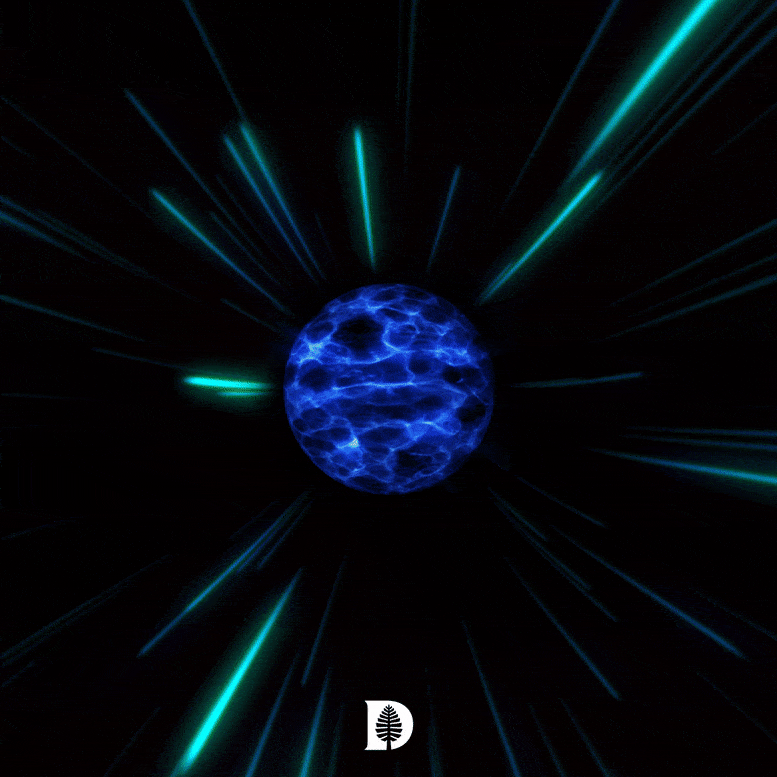
Technically, both electrons and photos are considered fundamental particles, in the sense that they cannot be broken down into smaller parts like you would split a proton into quarks and gluons. But some physicists believe that, in very special conditions, electrons can be divided into halves, an idea first proposed nearly a century ago by Italian physicist Ettore Majorana. Now, researchers at Dartmouth and the SUNY Polytechnic Institute have devised a theoretical framework that supports halving for the building blocks of light — photons.
“This is a major paradigm change of how we understand light in a way that was not believed to be possible,” said Lorenza Viola, Professor of Physics at Dartmouth and senior researcher on the study. “Not only did we find a new physical entity, but it was one that nobody believed could exist.”
The physicists note that they don’t mean that a photon can be physically pulled apart. Instead, the photon halves are always together but are distinct enough such that they can be individually described and function as separate units.
“Every photon can be thought of as the sum of two distinct halves,” said Vincent Flynn, a Ph.D. candidate at Dartmouth and first author of the paper. “We were able to identify conditions for isolating these halves from one another.”
To better understand this novel theoretical framework, Professor Viola uses the phases of water as an analogy. Liquid water behaves very differently from ice or vapor, but all forms of matter are essentially water at the end of the day. Just like water can cross between different phases, so can light exist in different phases, and, in one of these phases, photons appear as two distinct halves.
“Water is water regardless of its liquid or solid form. It just behaves differently depending on physical conditions,” said Viola. “This is how we need to approach our understanding of light—like matter, it can exist in different phases.”
The Majorana boson
All subatomic particles can be divided into two grand families: fermions and bosons. Fermions, such as electrons, protons, and neutrons, make up all ordinary matter, whereas bosons, such as photons and bosons, create the forces that glue all this matter together.
In 1937, physicists predicted the existence of neutral, electron-like particles known as Majorana fermions, essentially electron ‘halves’. In 2001, researchers presented a process by which electrons could actually be halved in certain superconductors. These quasiparticles are of special interest to scientists working on quantum computers because they can be used as qubits.
However, until now, the photon has always been thought of as totally indivisible.
“Fermions and bosons are as different as two things can be in physics,” said Emilio Cobanera, assistant professor of physics at SUNY Polytechnic Institute, and co-author of the study. “In effect, the particles are distorted images of each other. The existence of the Majorana fermions was our main clue that the Majorana boson was hiding somewhere in the funhouse mirror.”
The idea that photons can exist in two distinct split forms stretches the limits of physics and is, no doubt, intriguing. However, it will require confirmation through experiments. According to the authors of the new study, an experiment designed to detect photon halves is accessible using existing technology and wouldn’t involve a setup larger than a tabletop, unlike the massive particle accelerators at CERN required for the detection of the elusive Higgs boson.
The findings could have important implications in the fields of optical sensors and quantum information processors, and could open the doors for discovering new and exotic phases of light and matter.
“In order to make this discovery we had to challenge long-held beliefs and really think outside the box,” said Viola. “We have split something previously thought to be unsplittable, and we’ll never look at light the same way.”
The findings were described in the Physical Review Letters.



